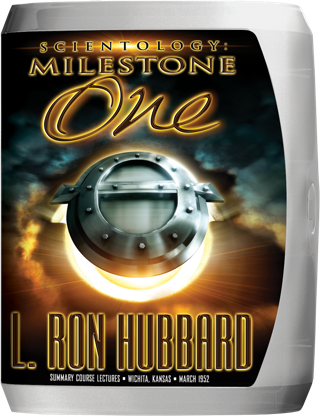Dianetics Professional Course Lectures
200.00€
Following six months of coast-to-coast travel, lecturing to the first Dianeticists, L. Ron Hubbard assembled auditors in Los Angeles for a new Professional Course. The subject was his next sweeping discovery on life—the ARC Triangle, describing the interrelationship of Affinity, Reality and Communication. Through a series of fifteen lectures, he announced many firsts, including the Spectrum of Logic, containing an infinity of gradients from right to wrong; ARC and the Dynamics; the Tone Scales of ARC; the Auditor’s Code and how it relates to ARC; and the Accessibility Chart that classifies a case and how to process it. Here, then, is both the final statement on Book One Auditing Procedures and the discovery upon which all further research would advance. The data in these lectures was thought to be lost for over fifty years and is only available in student notes published in Notes on the Lectures. The original recordings have now been discovered making them broadly available for the first time. Here, also, is both the final statement on Book One Auditing Procedures and the discovery upon which all further research would advance. Life in its highest state, Understanding, is composed of Affinity, Reality and Communication. And, as L. Ron Hubbard said, the best description of the ARC Triangle to be found anywhere is in these lectures.












